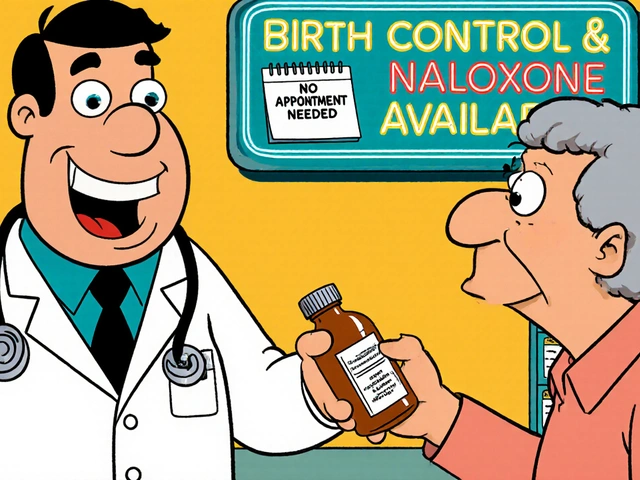Pain relief: practical tips and safe options
Pain wrecks your day and patience. Whether it’s a sore back, arthritis flare, or nerve pain that pins you down, you want clear steps that work. This page lists practical, evidence-based options you can actually use, plus signs that mean you need a doctor.
Quick, safe options to try at home
Start simple: rest, ice for new injuries, heat for tight muscles, and gentle movement to avoid stiffness. Over-the-counter medicines often help—acetaminophen eases many aches and NSAIDs like ibuprofen reduce inflammation. Topical gels and patches can target a spot without systemic side effects. Combine treatments sensibly: use ice then heat, add a topical, and try short walks or stretching.
Non-drug methods matter. A few sessions with a physical therapist can speed recovery and teach exercises you’ll keep using. Chiropractic care or massage helps some people with back and neck pain. Sleep, hydration, and lowering stress also change how your brain senses pain. If pain limits daily tasks or won’t ease after a week of basic care, see a clinician.
Prescription options and safer choices
When OTCs aren’t enough, doctors may prescribe medications or procedures. Celebrex (celecoxib) is a COX-2 inhibitor used for arthritis pain that can be easier on the stomach than older NSAIDs for some people. For nerve pain, drugs like gabapentin or pregabalin are common alternatives to opioids. Cortisone injections, nerve blocks, and supervised exercise programs are non-opioid routes that often work well for chronic problems.
Avoid mixing pain medicines without checking first. Combining multiple NSAIDs increases risk for stomach bleeding and kidney problems. If you take blood thinners, have heart disease, or have kidney issues, ask your doctor before using NSAIDs. Always tell providers about other medicines and supplements—some combinations raise risks or cut effectiveness.
Opioids have a role for short-term severe pain after surgery or injury, but they bring dependence and side effects. Most chronic pain does better with non-opioid strategies, rehab, and targeted treatments. If an opioid is suggested, ask about the plan to taper and alternatives to manage long-term pain.
Watch for red flags: fever with back pain, sudden weakness or numbness, trouble breathing, severe unrelenting pain, or new bowel/bladder changes. Those need urgent care.
Practical next steps: track pain on a simple scale from 0–10, note triggers and what helps, and try one new strategy each week—stretching, a topical gel, or a PT session. Keep a list of current meds and share it with any provider. If you have chronic conditions like diabetes or heart disease, ask for a tailored plan. Use online resources on this site to read reviews, compare options, and prepare questions before your visit.
Use this tag page as a starting point. Read our articles on Celebrex, neuropathic pain options, chiropractic care, and safer antibiotic and anti-inflammatory strategies to build a plan that fits your goals. If you’re unsure, a primary care visit or pain specialist can help you pick the safest, most effective route.
Your comfort and safety come first always.





